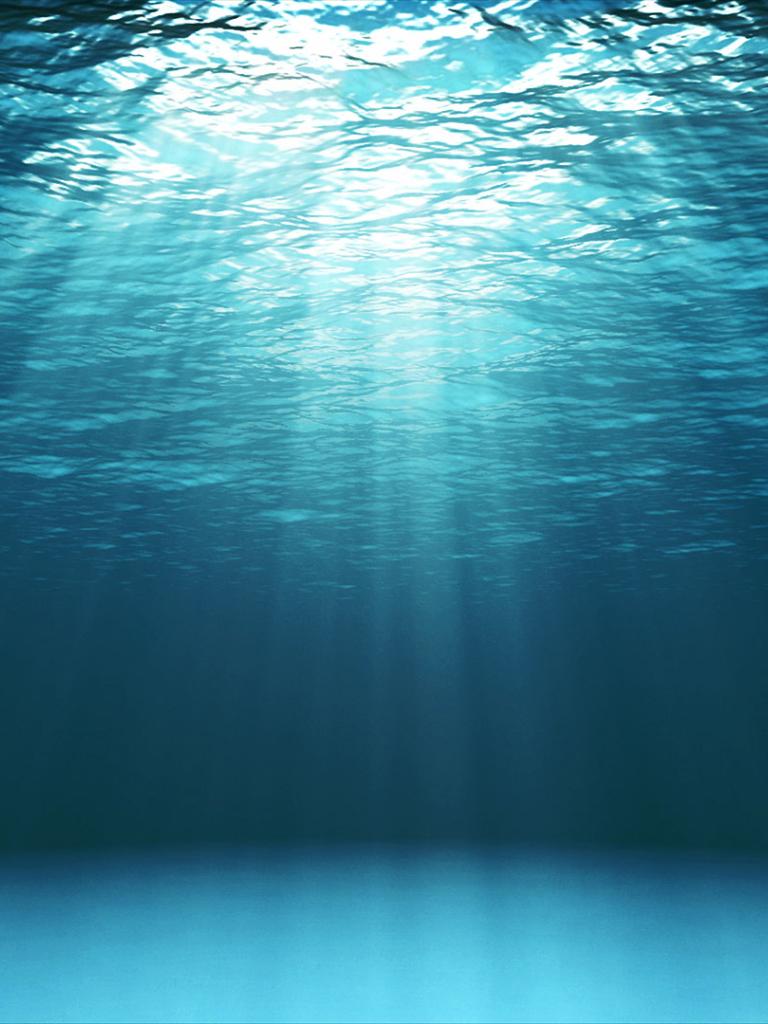16 February 2023
30 October 2018
The capability of ocean colour sensors to provide accurate water-leaving reflectances over high chlorophyll and complex waters, in particular sediment-dominated, relies on accurate and robust Ocean Colour Bright Pixel Correction (OC-BPC). This algorithm removes water-leaving signal in the near infrared (NIR) range of the spectrum in waters where such signal is not negligible, and provides smooth transition to clear oligotrophic waters. Complex waters cover most of global coastal and inland regimes, thus OC-BPC is critical to meeting ocean colour mission requirements and to many applications and data services. The challenge is to decouple any residual water signal in the NIR from the atmospheric path reflectance. This decoupling is required by the standard atmospheric correction which operates with its classical NIR « black pixel » assumption. OC-BPC is based on coupled atmosphere-hydrological models which define the aerosols as well as the inherent optical properties (IOPs) of the water column in the NIR bands.
Objectives
The main purpose of this study is scientific review and development of the OC-BPC. The correction is being developed for the Copernicus Sentinel-3 Ocean and Land Colour Imager (OLCI) Level-2 products and exploits the capabilities of the OLCI instrument.
The goals of the study are to:
- Review the current state-of-the-art in OC-BPC developments and evaluate impact on the quality of OLCI ocean colour products.
- Propose an OC-BPC solution that is accurate, robust, unambiguous and uses OLCI extended spectral capabilities.
- Prototype the selected OC-BPC solution for OLCI.
- Validate the OC-BPC prototype to ensure the quality of OLCI ocean colour products.
- Provide independent scientific feedback.
Overview
The on-going study is structured under five activities:
- A detailed literature review, classifying all algorithms developed so far under their assumptions, methods, strengths and weaknesses. This review is aimed at defining the requirements for the OLCI OC-BPC algorithm and providing guideline for its development.
- The algorithm development. The proposed method is based on a spectral matching algorithm, handling a rigorous per-pixel uncertainty propagation (OLCI mission requirement) and involving the complete uncertainty representation of the input radiometry, of the physical modelling (marine & atmospheric) and of the output parameters. The choice of spectral bands is optimised with respect to these uncertainties, so as to make the algorithm robust over an extended range of atmospheric and marine conditions, and ensure a univocal solution of the inverse problem. Adding prior knowledge (e.g. like in Bayesian approach) is also under investigation.
- The prototyping. A modular code in C++ is being developed for easy transfer in any OC ground segment. The code, based on the heritage of POLYMER, allows important flexibility in the inversion, to ease various tests and selection of the optimal configuration: choice of the water reflectance model, of the atmospheric reflectance and transmittance model, of the surface model (activating the residual glint inversion or not) and of the spectral band setting (for example, to activate or deactivate the use of band 1020 nm).
- The validation of the algorithm will be achieved following a rigorous and complete plan, comprising:
- simulated data over complex waters (radiative transfer simulations), allowing theoretical and sensitivity studies;
- a set of 15 OLCI scenes in various conditions, from very clear to very turbid and eutrophic waters, with both clear and more optically depth atmosphere, including dust and absorbing aerosols, various latitudes and air mass, adjacency contamination;
- a set of match-ups with in-situ data available in the OC community for quantified performance;
- processing at global scale (a few days per season) to get a broader view of the impact of the new algorithm.
- A scientific collaboration at international level, achieved through the implementation of a Scientific Advisory Board made of nine experts in the field from various institutes worldwide. The goal is to ensure that the OLCI OC-BPC algorithm will integrate all recent community advancements and users’ requirements. The organisation of three workshops during the study will also liaise closely with the OC community and in particular the International Ocean Colour Coordinating Group (IOCCG).



